Cohiba cigars could not be bought for any money until the early 1980s. Only high-ranking guests of Cuba could receive them as a gift. The villa where they are made belonged to Fidel Castro himself, the entrance is by special permission. What is going on inside?
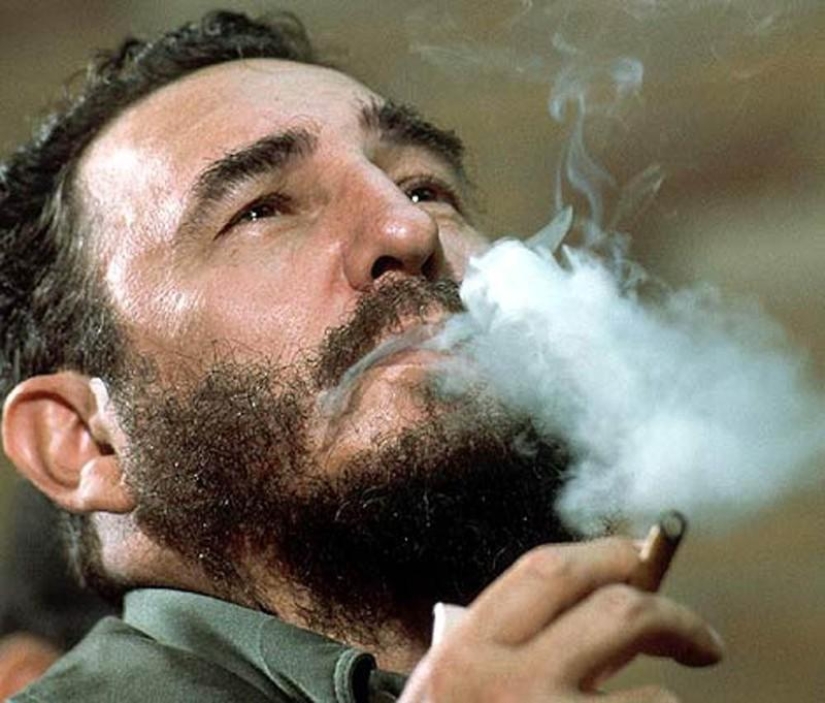
Cohiba is one of the youngest brands of Cuban cigars, but in a fairly short time its products have managed to acquire a cult status and become coveted in the collection of every self-respecting smoker. The history of the brand has been counted since 1969.
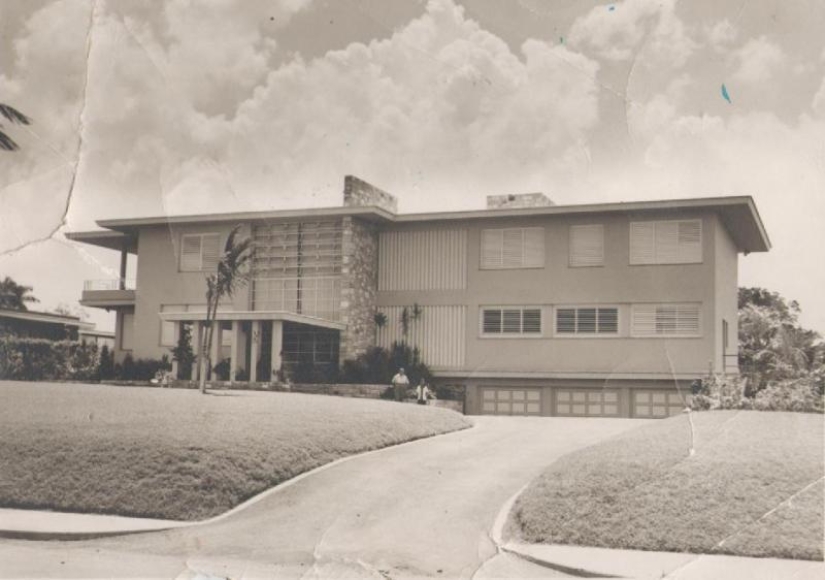
It was a transitional period for Cuba: the revolution had died out relatively recently, loud political slogans were slowly but surely implemented by Fidel Castro and his loyal henchmen. Under these conditions, the production of elite cigars opens at the Villa El Laguito owned by Fidel. It was headed by Eduardo Riviera, who had previously worked at another factory — La Corona.
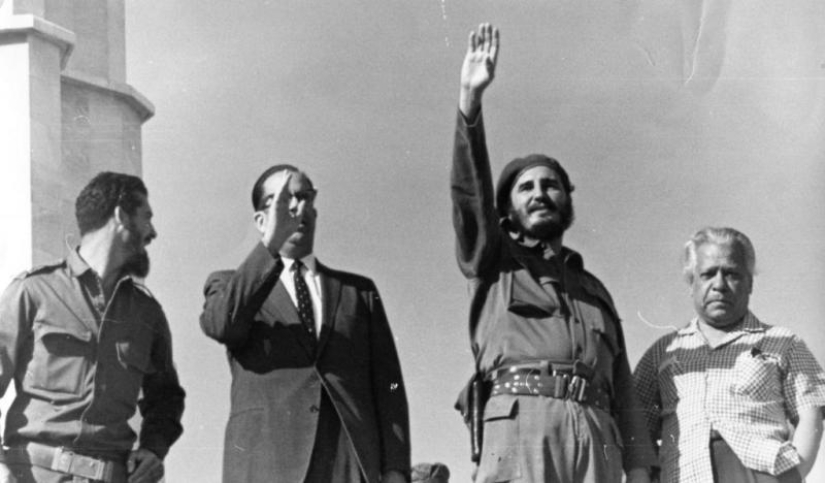
It is not known what reached Castro faster — rumors about the extraordinary skill of the tobacconist or the aroma of his surprisingly strong cigars, but the fact of the Riviera's presence at the new factory definitely speaks in his favor.
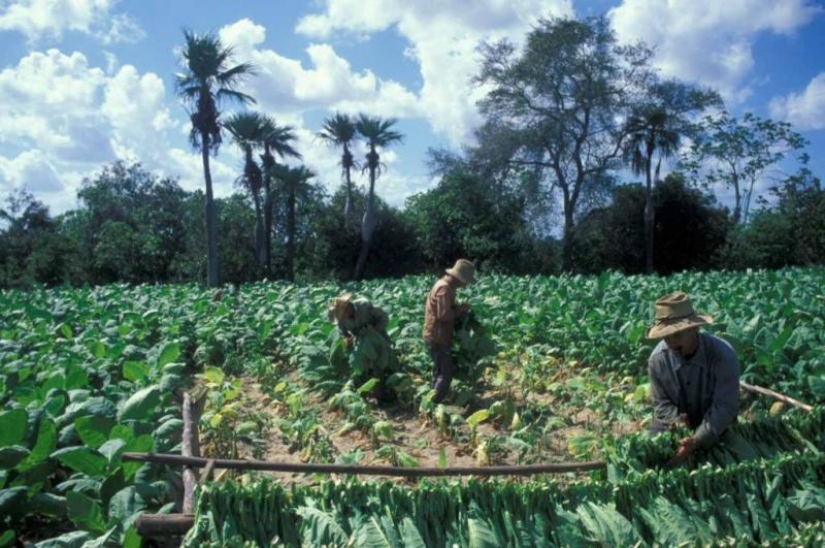
The success of the Cohiba brand is largely predetermined by the use of the highest quality tobacco from Pinar del Rio plantations, which, unlike the factory itself, are regularly organized excursions. By the way, if you still really want to personally visit the cigar production, the Tabacalera De Garcia factory in the Dominican Republic is open for tourist excursions. Note that the tobacco used in the production of real Cuban cigars does not contain any foreign chemical impurities and pesticides. The rarest and thinnest leaves are used for the Cohiba brand.

The obligatory first stage of cigar production is fermentation. The fermentation process is particularly complex and itself takes place in several stages. Its ultimate goal is to improve the taste of tobacco and reduce the content of nicotine, various resins and ammonium in it.
First, the collected leaves are dried in strictly sealed bags. Repeated fermentation introduces specific flavors into the dried leaves, while the tobacco is stored in a dark closed room. The final, third, stage of fermentation is designed to maximally clean the leaves used for filling cigars. Compliance with all the stages of this complex biochemical process provides each real Cuban cigar with a persistent unforgettable aroma and excellent quality worthy of the ambitions of the declared premium brand.
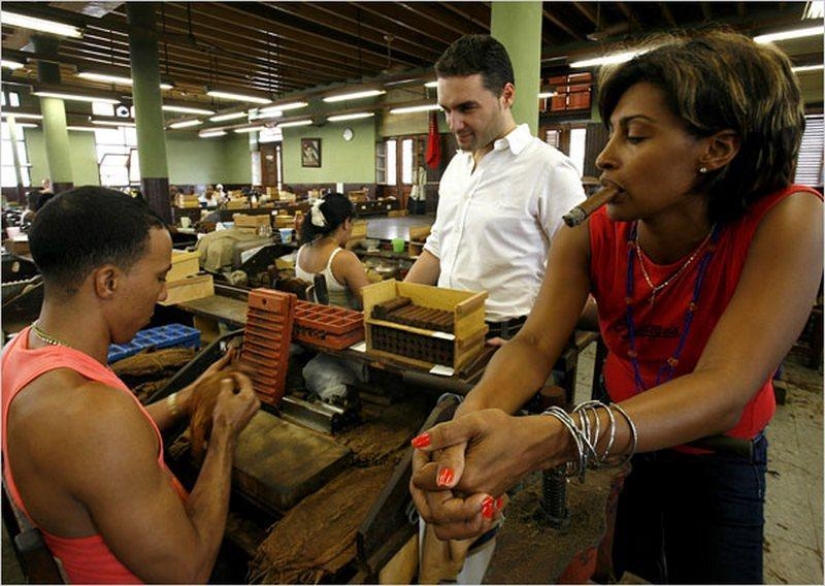
After the tobacco is extracted into the light after a long fermentation process, it goes on an equally long journey through the workshops of tobacco factories. Tobacco workers control the movement of tobacco between the workshops, each of which performs its own range of work. Such workers are called tabaquero, and among them, by the way, there are many women.
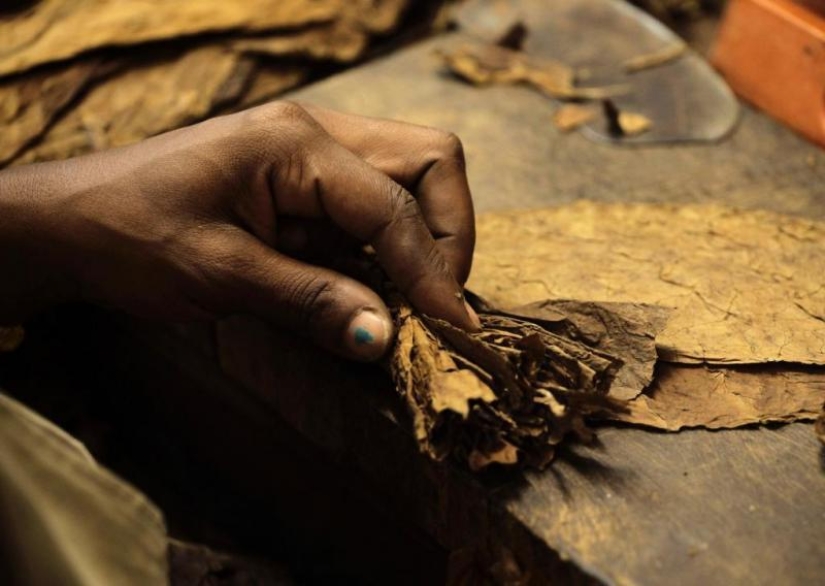
Tobacco is cleaned of deformed leaves and insects, sorted by color, thickness and quality, get rid of large leaves, and then send it to the next production line — a blend. At this stage, the prepared tobacco leaves are selected according to varietal characteristics, and then they are mixed.
The main thing is to determine the aroma of essential oils and make a varietal mixture based on them. This is perhaps the most important stage of production, therefore, exclusively professionals are engaged in it. There are no random people in these positions — it is easier to qualify for Google than to get a corresponding workplace in Cohiba.
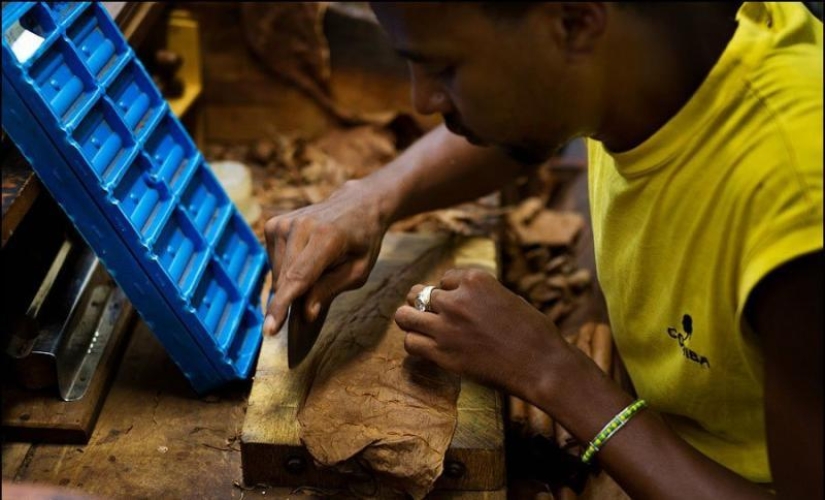
The next stage of production follows logically from all the previous ones: tobacco workers responsible for the shape of cigars come into play. In order to give the final product the correct shape, it is necessary to have a good command of the chaweta - this is a special knife with which the stem is cut and the edges of each leaf are cut. If the cigar is based on a whole tobacco leaf, then there are no obstacles to the air passing through the cigar. The smoker, thus, gets the opportunity to fully enjoy the finest shades of aroma.
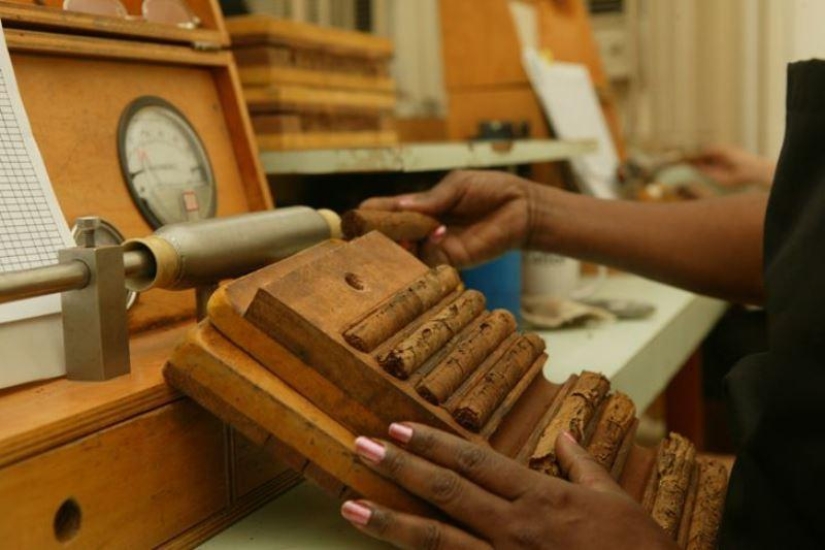
The future flavor is determined by the nature of the filling - the central part of the cigar. The locals call it tripa. It is based on several whole tobacco leaves, the most fragrant and coarse, folded with an accordion. As a rule, a trip consists of three sheets, and if the first sheet is the most fragrant, then the other two fulfill a completely different purpose - they provide a mild taste and good gorenje.

In order for the filling to be firmly held in its proper place and not fall apart, it is wrapped in a hood - a strong thin sheet that is pressed in advance according to a given shape.
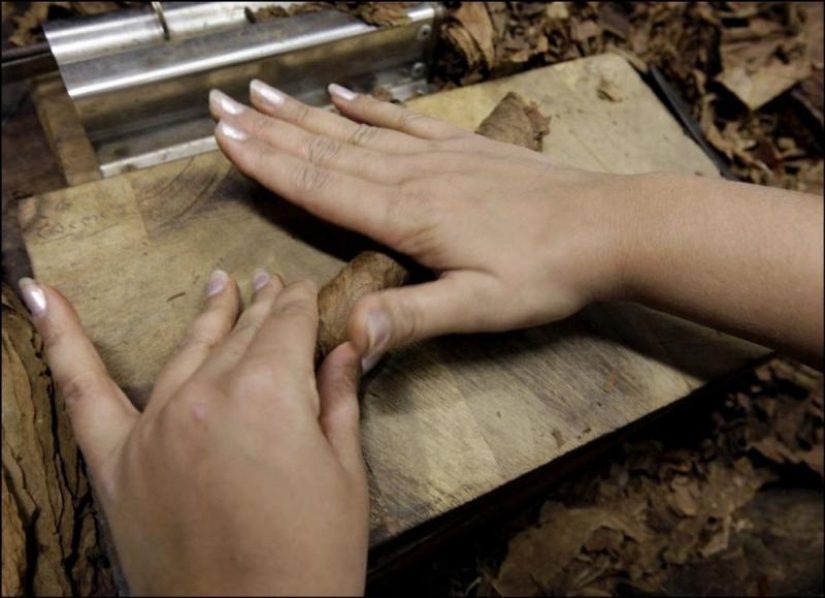
The appearance of a cigar is determined by the mouth guard — this is the part of it that is made of the most expensive tobacco leaves soaked in the best essential oils.

When sorting cigars into boxes, it is necessary to take into account the thickness and color. This knowledge is available only to a few — only the most experienced Cuban craftsmen with big names control this stage of production.
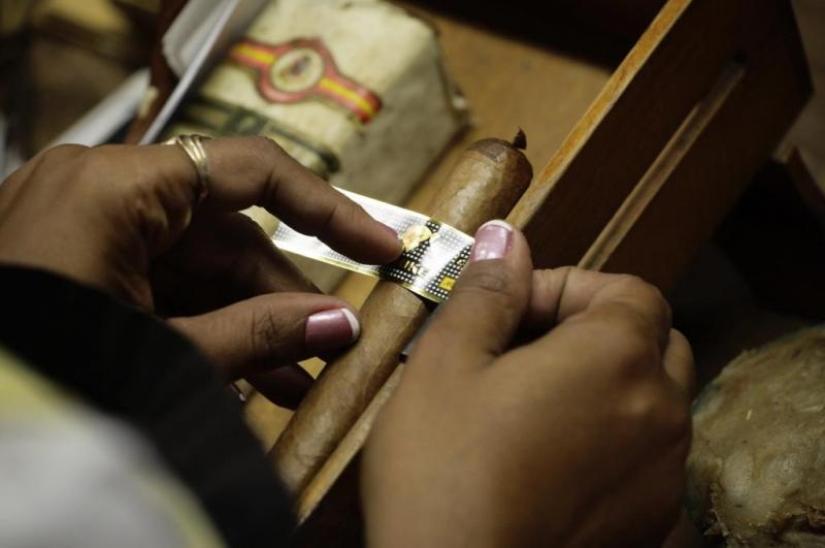
Slowly but surely we have come to the final stage of the production of elite Cuban cigars - labeling. The nimble hands of the factory workers confidently maneuver between boxes full of cigars and paste the tags necessary for documentation. Note that there is no question of any automation here: all tags are glued manually, and each of them is strictly registered.
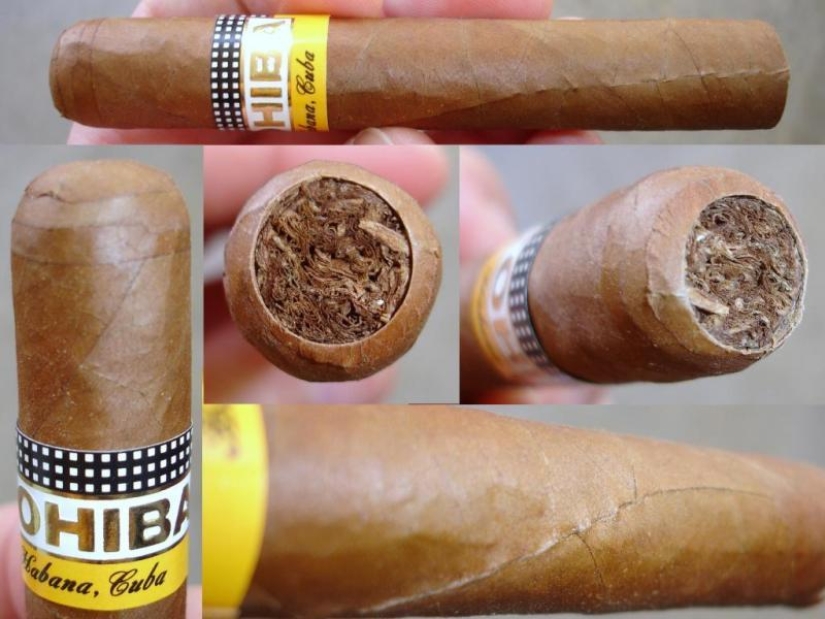

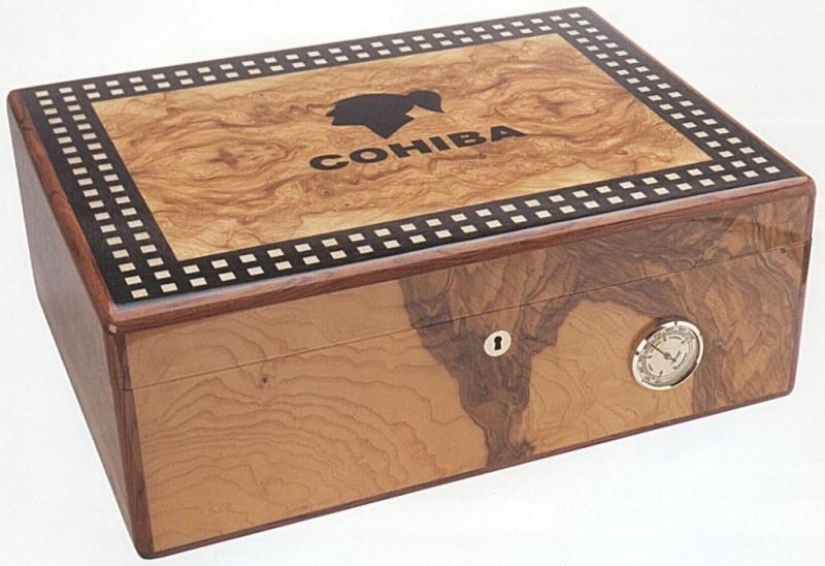
Cigars are stored in rooms where there are no temperature changes, because when the temperature level rises, there is a risk of tobacco bugs. Ideally, cigars should be stored in special boxes made of noble wood — humidors. In such favorable conditions, each cigar has a good chance to celebrate even a ten-year anniversary. Unless, of course, it is smoked earlier.
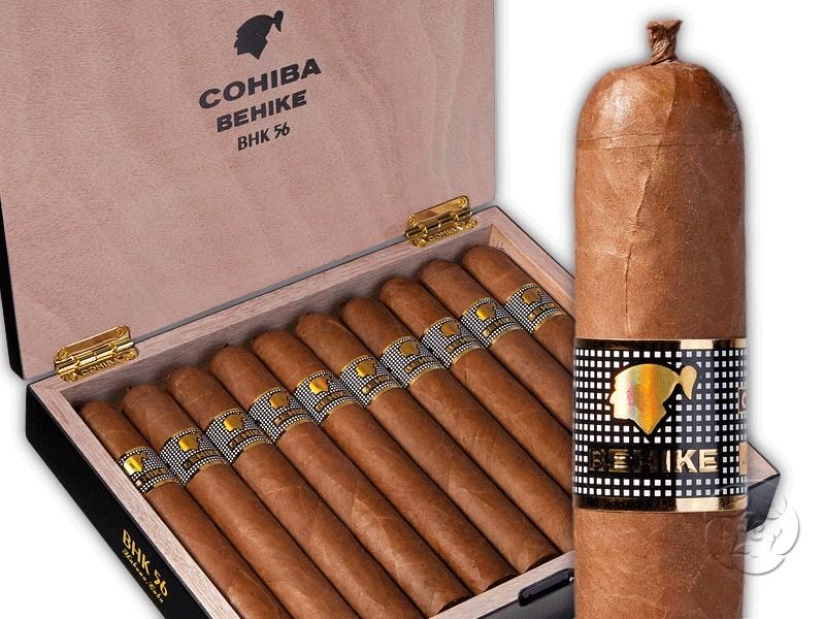
In 2009, the Cohiba factory celebrated its 40th anniversary. On this occasion, the company released the most expensive cigar in the world — Cohiba Behike. Be careful: it has been noticed that when looking at this miracle, the desire to smoke it arises even among those who have never even thought about tobacco.

P.S. Once Sigmund Freud, in response to the laughter of students who saw him with a cigar in his mouth during a lecture, said: "Sometimes a cigar is just a cigar." Arguing with Freud is like taking offense at God, but let us note that the process of smoking cigars has long outgrown the status of a habit and has taken shape into a fully fledged cultural phenomenon.
Recent articles

Victor Lustig is considered one of the most skillful and famous scammers in the world. He was arrested about 50 times and released ...

A small apartment is not a sentence! On the contrary, this is an occasion to turn on imagination and come up with ways to stylishly ...

Each of us has heard at least once that "breakfast is the most important meal of the day." Spreading this truth is the work of ...